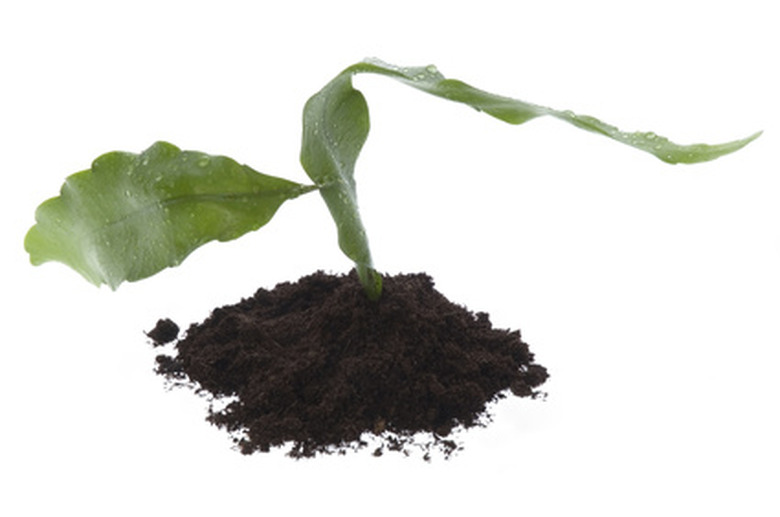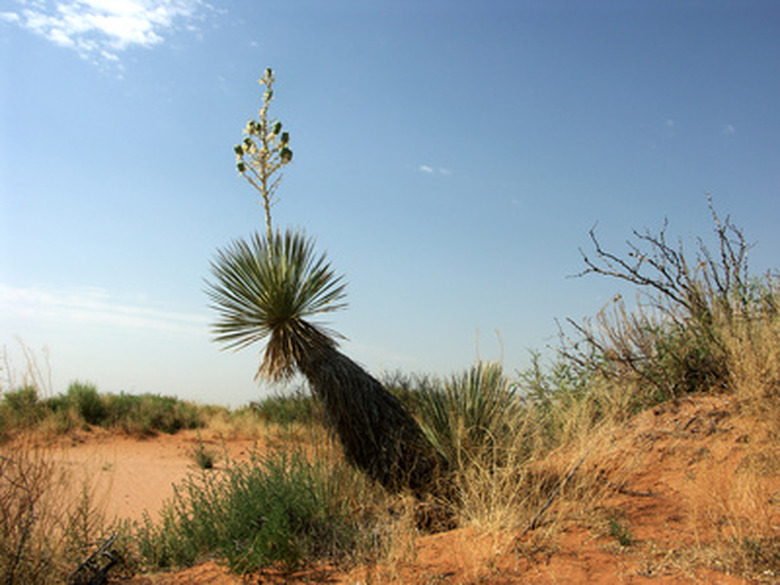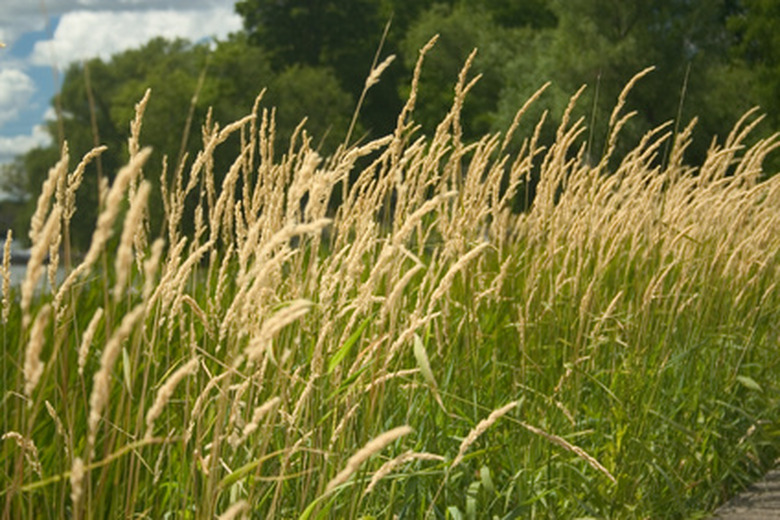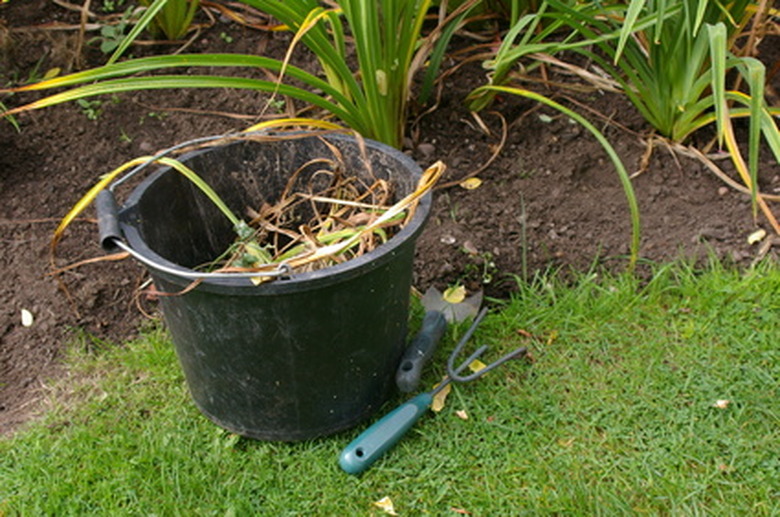Types Of Soils That Filter Water Best
The well-drained soil that gardeners work to achieve is a mixture of tiny particles of weathered rock and organic matter. Clay is the least permeable type of soil; its tiny particles leave no space for water to travel. Gravel is the most permeable type, allowing water through almost unimpeded. Most gardeners, however, want a soil that filters water, holding it long enough for plant roots to get the water they need.
Sandy Soils
Sandy soils contain at least 80 percent sand with minimum percentages of silt and clay. This largest of the components of soil filters large impurities because it contains large air spaces between grains and makes the fastest draining garden soil. Sandy soils line watersheds along rivers, oceans and lakes. Sand is used in pool and other water treatment filters because it is easy to replace or clean by backwashing—running water the opposite way through it. In the garden, grapes, trumpet vine and California poppies love sandy soils.
- The well-drained soil that gardeners work to achieve is a mixture of tiny particles of weathered rock and organic matter.
- This largest of the components of soil filters large impurities because it contains large air spaces between grains and makes the fastest draining garden soil.
Silty Soils
Silty soil, made largely of finer granules than sand, do not trap as much air, making them less permeable. Silty soils are found where prehistoric lakes and rivers left sand after drying up or changing course. Silt is also found in river delta areas where soil has been transported and broken as it travels. Silty soils cover alluvial plains and much of the Great Plains of the United States. Rice and wheat grow well in silt.
Loamy Soils
Loam soils are balanced blends of the three basic stages of soil, sand, silt and clay. They contain approximately 25 to 50 percent sand, 30 to 50 percent silt and no more than 30 percent clay. They are called sandy loam or silty loam depending on the balance of particles. Sandy loams have a higher infiltration rate because of the predominance of sand but loams generally drain more slowly than sand or silt, making them better garden soils. The balance of particle types provides the right balance of aeration, permeability and water retention for most garden crops.
- Silty soil, made largely of finer granules than sand, do not trap as much air, making them less permeable.
- Silty soils are found where prehistoric lakes and rivers left sand after drying up or changing course.



